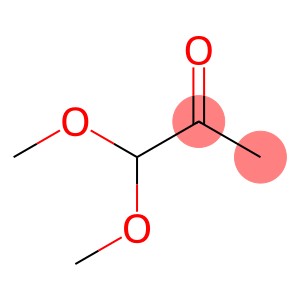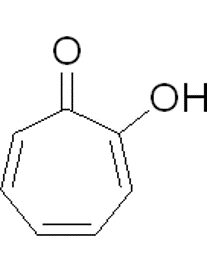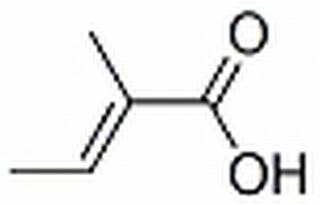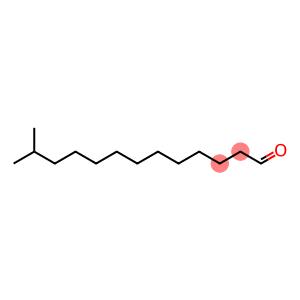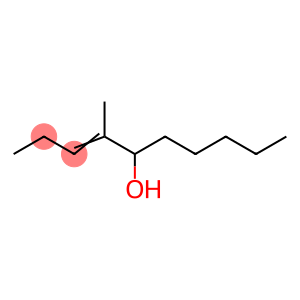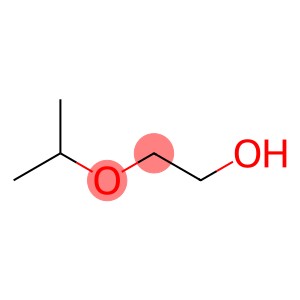Pyruvic aldehyde dimethyl acetal CAS 6342-56-9
| Hazard Symbols | Xi – Irritant |
| Risk Codes | R10 – Flammable R36/38 – Irritating to eyes and skin. |
| Safety Description | S26 – In case of contact with eyes, rinse immediately with plenty of water and seek medical advice. S36 – Wear suitable protective clothing. S16 – Keep away from sources of ignition. |
| UN IDs | UN 1224 3/PG 3 |
| WGK Germany | 1 |
| TSCA | Yes |
| HS Code | 29145000 |
| Hazard Class | 3 |
| Packing Group | III |
Introduction
Acetone aldehyde dimethanol, also known as acetone methanol. The following is an introduction to the properties, uses, preparation methods and safety information of acetone aldehyde dimethanol:
Quality:
Acetone aldehyde dimethanol is a colorless to yellowish liquid with a pungent odor. It is an organic compound that is soluble in water, alcohols, and ethers. Acetone aldoldehyde methanol is unstable, easily hydrolyzed and oxidized, it needs to be stored in a cold and dark place, and kept away from oxygen, heat and ignition sources.
Use:
Acetone aldoldehyde dimethanol is often used as an intermediate in organic synthesis. It can be used in the preparation of esters, ethers, amides, polymers, and certain organic compounds. Pyrudaldehyde methanol is also used as a solvent, wetting agent and additive in the coatings and plastics industries.
Method:
There are several ways to prepare acetone aldehyde dimethanol. A common method is obtained by the condensation reaction of methanol with acetone. In preparation, methanol and acetone are mixed at a certain molar ratio and reacted in the presence of an acidic catalyst, which usually requires heating the reaction mixture. After the reaction is completed, pure acetone aldoldehyde dimethanol is obtained by distillation, crystallization or other separation methods.
Safety Information:
Acetone aldoldemic methanol is an irritating compound and should be avoided in direct contact with the skin, eyes, and mucous membranes. Good ventilation should be carried out during operation, and protective gloves and goggles should be worn. When handling and storage, the container should be sealed well away from heat, ignition and oxidants. If ingested or inhaled, seek medical attention immediately.


